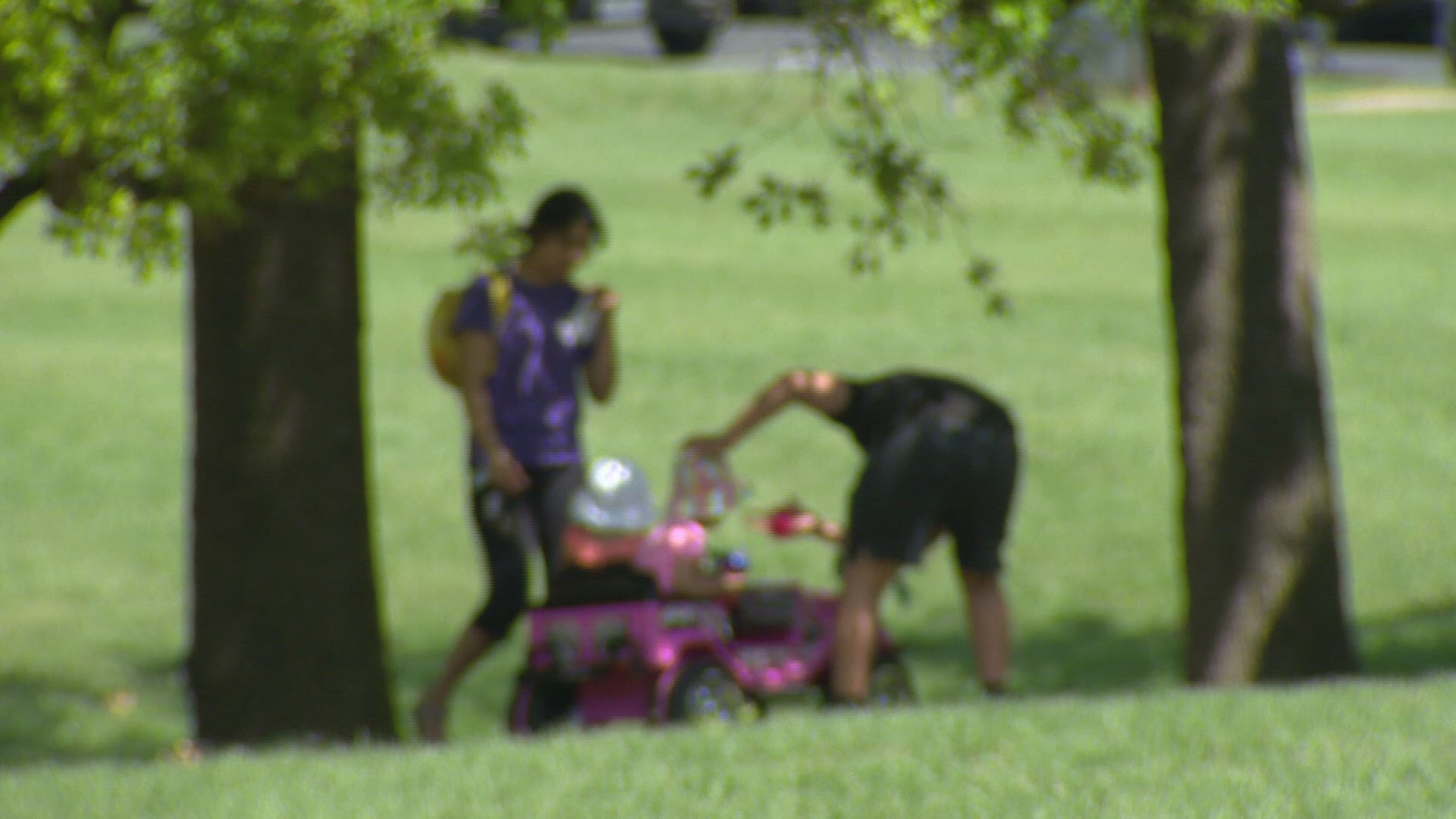The latest thing in my office has been a bout of staph skin infections.
 In fact, I am typing this and I am going to attach a picture of one of my patients who I just saw with a fairly "classic" staph infection on their leg. What did we do before parents had iPhones that took pictures of their children's maladies that could be forwarded to you day and night? It really does come in handy for a visual of skin related rashes and infections.
In fact, I am typing this and I am going to attach a picture of one of my patients who I just saw with a fairly "classic" staph infection on their leg. What did we do before parents had iPhones that took pictures of their children's maladies that could be forwarded to you day and night? It really does come in handy for a visual of skin related rashes and infections.
So, staph is the common term used when doctors are discussing Staphylococcus aureus, a bacteria that is known to cause infections and is commonly seen with skin infections.
These skin infections present as a boil, or cellulitis (infection of the skin and soft tissues), or impetigo, or other infections related to the skin. But in this case we are going to look at a boil (an abscess within the skin) and surrounding cellulitis.
Staph infections often appear quickly, "almost overnight", when a parent or child may notice a bump that may resemble a bite. But in this case this "bite" rapidly reddens and becomes tender and warm to the touch. It really looks "angry" and as my grandmother used to say "festers".
Parents will often call and say, "I think my child has a spider bite", when in reality it is a brewing staph infection. When I hear spider biter, out of the blue, I think staph. I jokingly tell parents, "I don't think there are enough spiders in the world to cause all of these "bites" that are really staph infections."
Since staph is a bacteria it is susceptible to antibiotics. But over the last several years we have seen children of all ages presenting with resistant staph infections, typically with MRSA or methicillin resistant staph. This is an important distinguishing factor, as this will determine which antibiotic is used to treat the infection.
In order to figure out which antibiotic to use, the doctor needs to culture the "pus" that is in the boil. That means growing the bacteria from the "bite, boil, infection" and identifying the bacteria, and from that culture the lab will also determine which antibiotic the bacteria is susceptible to. All of this information will ensure that your child is put on the appropriate antibiotic to treat the infection.
At times it is necessary to drain the infection and in more serious cases, a child may be admitted for IV antibiotics.
I often have parents ask, "Where did we get this?" Staph is everywhere, on our hands, in our noses and on other commonly shared objects like towels, changing tables and in locker rooms.
Encourage your child to wash their hands, try to avoid touching their noses, and to avoid picking at cuts and bites. Despite all of this, we all have micro-abrasions on our skin that are not even visible and that tiny staph bacteria can just hop on in and develop a random infection.
Staph skin infections really do have a "typical" appearance. That is why I am showing you this picture. If you see your child suddenly develop a "bite" that looks like this, you need to call the doctor. The sooner the infection is treated the better.
That's your daily dose, we'll chat again tomorrow!

